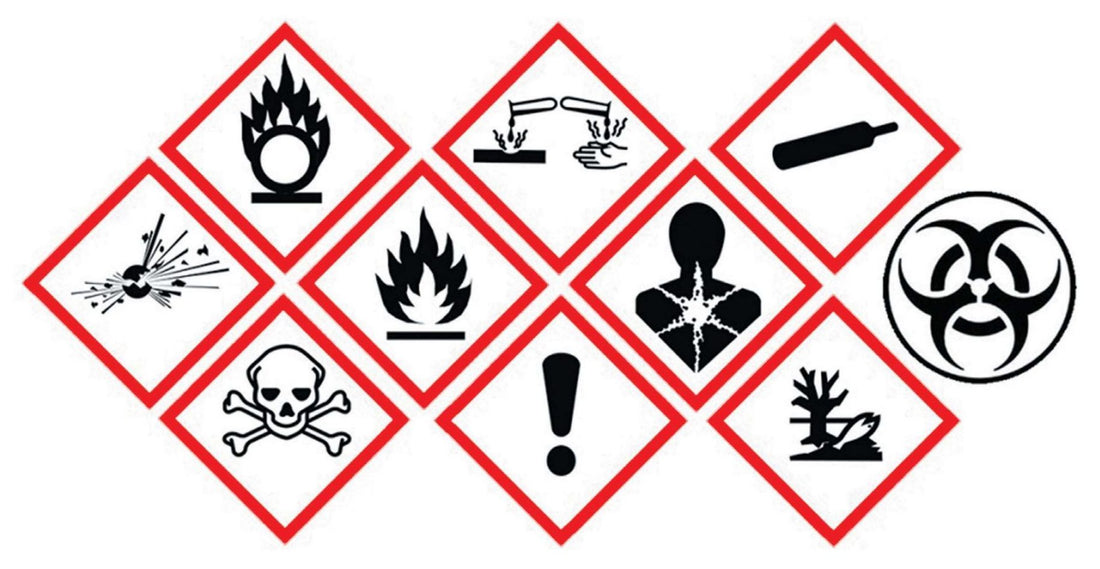Understanding WHMIS: A Guide for Veterinary Organizations

Share
Understanding WHMIS: A Guide for Veterinary Organizations
The Workplace Hazardous Materials Information System (WHMIS) is Canada’s hazard communication standard and plays a critical role in ensuring the health and safety of workers across various industries, including veterinary practices. Here’s what you need to know about WHMIS and how it applies to your organization.
Key Elements of WHMIS
WHMIS is designed to provide clear and consistent information about hazardous materials in the workplace. The system comprises four key elements:
- Hazard Classification: Materials are classified based on their physical and health hazards, such as flammability, toxicity, or corrosiveness.
- Cautionary Labelling of Containers: Labels on containers must include clear warnings, hazard symbols, and precautionary statements to inform users about potential risks.
- Safety Data Sheets (SDSs): SDSs provide detailed information about each hazardous product, including its composition, handling instructions, and emergency measures.
- Worker Education Programs: Employers are responsible for ensuring that workers receive adequate training on how to safely use, handle, and dispose of hazardous materials.
Responsibilities Under WHMIS
WHMIS is a shared responsibility between suppliers, employers, and workers:
- Suppliers must classify hazardous products, label them appropriately, and provide up-to-date SDSs.
- Employers must ensure that all hazardous products in the workplace are properly labelled, that SDSs are accessible, and that workers receive WHMIS training.
- Workers are required to participate in training programs and follow safe work practices when handling hazardous materials.
WHMIS and the Globally Harmonized System (GHS)
WHMIS is aligned with the Globally Harmonized System of Classification and Labelling of Chemicals (GHS), an international standard for hazard communication. As GHS undergoes periodic updates, WHMIS may also be amended to:
- Enhance worker health and safety.
- Promote consistency in hazard communication.
- Support international trade by aligning with global standards.
It’s important to stay informed about any changes to WHMIS requirements in your jurisdiction. Regular updates ensure your workplace remains compliant and safe for all employees.
WHMIS Training for Veterinary Practices
Veterinary organizations can ensure compliance and safety by enrolling staff in WHMIS training programs. Certified Safety Training offers tailored online courses that cover the essential aspects of WHMIS, helping you:
- Understand hazard classifications.
- Interpret labels and SDSs accurately.
- Implement effective safety measures.
Access WHMIS Resources
To stay up to date, veterinary organizations can access a wealth of resources on WHMIS.org. This portal is a collaboration between Health Canada, the regulatory jurisdictions across Canada, and the Canadian Centre for Occupational Health and Safety (CCOHS). It provides:
- The latest WHMIS guidelines.
- Training materials.
- Tools to help you implement WHMIS in your workplace.
Why WHMIS Matters for Veterinary Practices
Veterinary practices often handle a variety of hazardous materials, such as:
- Disinfectants and cleaning agents.
- Pharmaceuticals and chemical treatments.
- Laboratory reagents and diagnostic chemicals.
Ensuring that your team is trained on WHMIS and understands how to manage these materials safely can prevent workplace injuries, reduce environmental risks, and promote a culture of safety.
Take Action
Make WHMIS compliance a priority in your veterinary organization by:
- Reviewing your current practices and materials to ensure they align with WHMIS requirements.
- Providing regular WHMIS training for your staff through Certified Safety Training.
- Monitoring WHMIS.org for updates and new resources.
By staying informed and proactive, you can safeguard your team’s well-being and ensure your workplace operates safely and efficiently.
